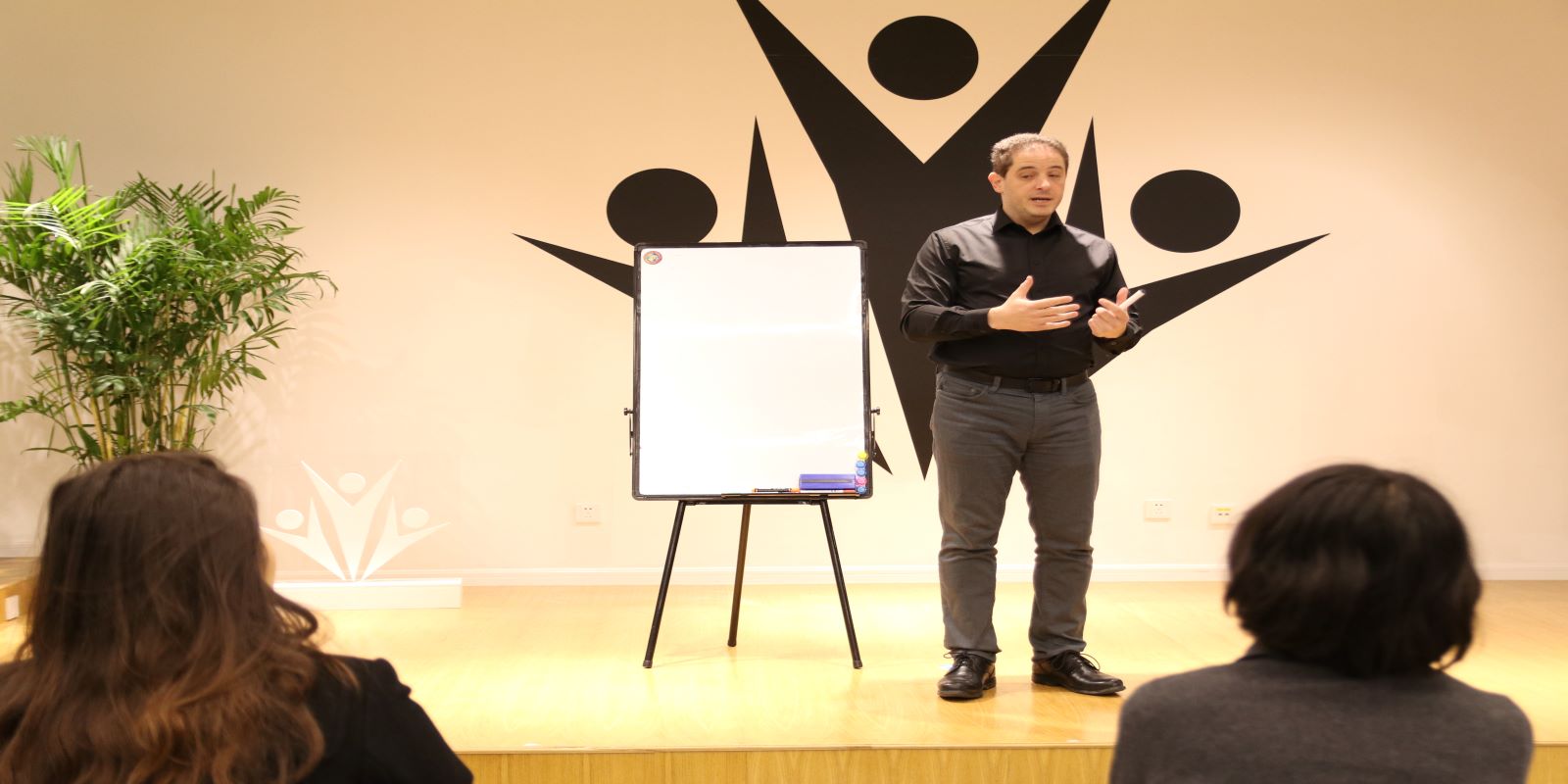How to Organize Your Speech Using Transitions

Picture yourself in this situation: You’re in a mall having lunch with your family. You need to use the restroom, so you ask the server where it is, and they point you in a direction down the corridor. AOrganizing Your Speech Using Transitionst the beginning of your walk to the restroom, you see a sign telling you that you’re gOrganizing Your Speech Using Transitionsoing in the right direction. But then as you walk further down, the corridor turns and splits in different directions. Now there are no more signs pointing you toward the restroom. You’re desperate! You feel lost and start wondering if you’re going the right way. Was the restroom moved? Where are the signs telling you that you should go this way instead of that way? Will you make it to the restroom in time? What’s happening?
As you can see, having specific directions and clear signs is important for you to navigate to your destination. Similarly, in a speech, it’s crucial that your audience can easily follow what you’re saying and understand how you arrive at your conclusion. In this article, you’ll learn how to guide your audience with transitions, and about four types of transitions that you can use in your own speeches.
Transitions are statements or phrases to let the audience know that you’re moving from one part of your speech to the next or shifting to a new idea. Using transitions improves the flow of your speech and prevents it from sounding like chopped blocks of text just smashed together. Transitions link the different parts of your speech so that it sounds smooth and coherent.
- Signposting
The first type of transition is signposting. When driving on the road, or walking down the street, you might see signposts that signal directions and give information about what’s up ahead. In speeches, signposting means using simple phrases that usually refer to specific parts of the speech. You should include signposting throughout your speech. There are many phrases you could use, but here are three examples to start:
· “My first point is…”
· “Moving on to my second point...”
· “To conclude…”
- Review-Preview
The second type of transition is the “review-preview” transition. When using the review-preview transition, you quickly mention what has been said so far (review), and then say what you are about to discuss next (preview). This type of transition is usually found between the main points within the body of a speech. An example of a review-preview transition is: “Now that we’ve established (x) let us move on to discuss (y).” Or this: “Now that we have covered the review-preview transition, let’s continue to the third type.”
- Rhetorical Question
The third type of transition is the rhetorical question. A rhetorical question is a question asked in order to create a dramatic effect or to make a point, rather than to get an answer. To use this as a transition, you can ask your audience a rhetorical question that leads to your next point. This type of transition can be used at many different stages of a speech. For example, it can be used to move from the hook to the roadmap: “How would you feel if I told you the closest that your grandchildren will ever get to seeing a rhino is in a movie?” It can also be used moving from the final main point to the conclusion of the speech: “So what have we learned today?” Rhetorical questions can be used to transition between different parts of an argument, like in this example: “Why is this example so important? Because...” Then continue with your explanation.
- Overview and Enumeration
The last type of transition is the overview and enumeration transition. This transition is used to give the audience an outline of what is about to be discussed, followed by a counting of sub-points. This is quite similar to a preview or a roadmap at the beginning of a speech but within the body of a speech. It’s used to outline the main idea that has various subpoints.
This might sound something like this:
I’ll now explain the three reasons why zoos are necessary. One, zoos help to rehabilitate wildlife and care for exotic pets that people no longer want or are unable to take care of. Two, zoos provide breeding programs for endangered species that might have trouble finding mates to breed in the wild. Three, zoos save endangered species by bringing them into a safe environment where they are protected from poachers, habitat loss, starvation, and predators.
In addition to the four types of transitions we have covered so far, there are many more transition phrases that can be used for comparing, contrasting, expanding on, and emphasizing ideas. Here are some examples.
To compare ideas, you can use:
· “Likewise…”
· “Similarly…”
· “We can also see that…”
To contrast ideas, you can use:
· “On the other hand…”
· “However…”
· “Nonetheless…”
To expand on ideas, you can use:
· “Furthermore…”
· “On top of that…”
· “In addition to…”
To emphasize ideas, you can use:
· “Most importantly…”
· “Above all else…”
· “In particular…”
And I’m sure you can come up with many more on your own!
To conclude, transitions are often the final part of putting together a well-organized speech. As we have seen, they are critical to helping your audience to follow what you are saying more easily. When you write your next speech, make sure to put some extra effort into finding the most appropriate transitions for each part of your speech! The last thing you want is for your audience to wander around confused in search of the restroom.

